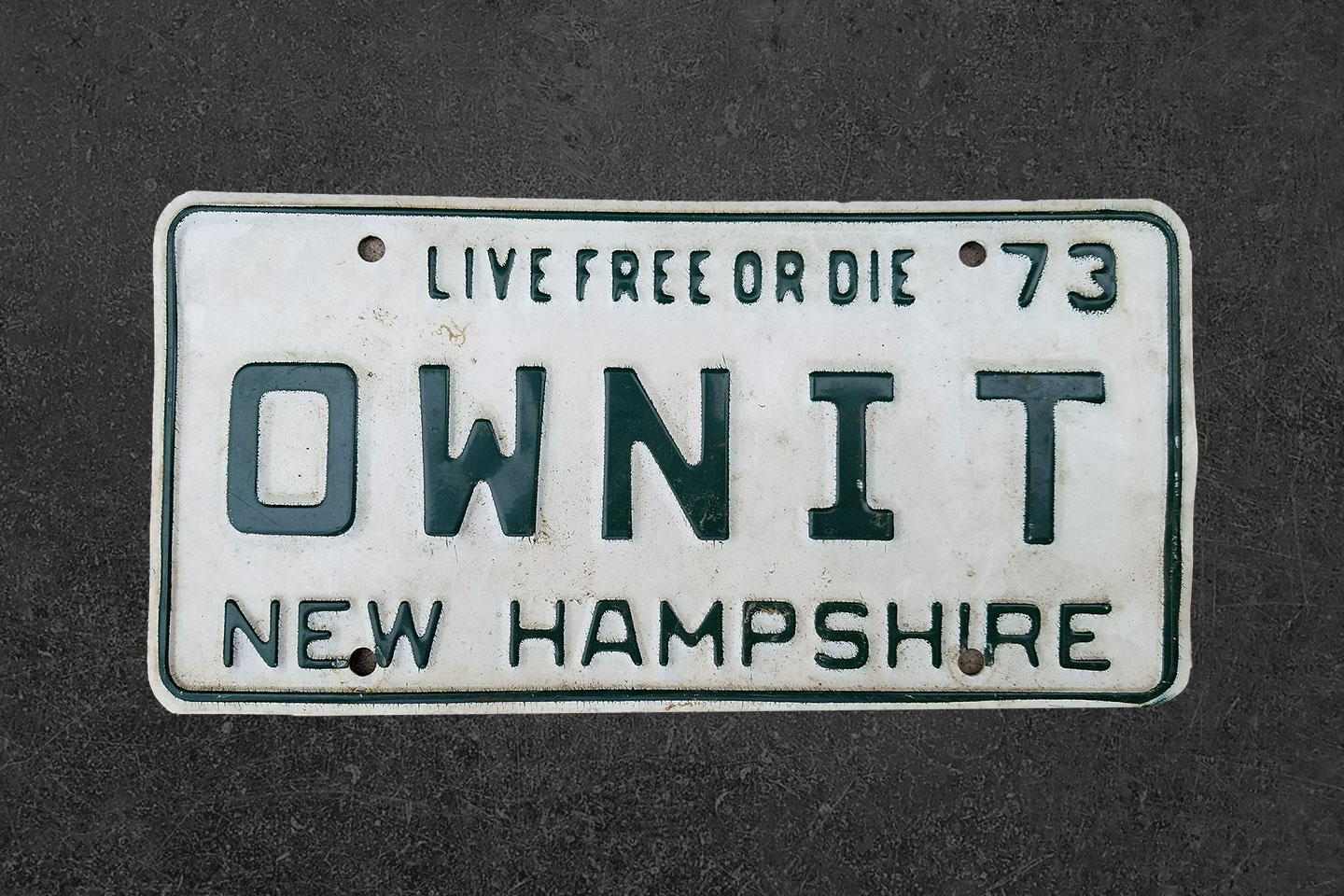Core was originally inspired by microlending in the developing world and in anger at the payday industry in the US. And to this day, we still believe great things come from combining missionary ambition with mercenary execution. In our earliest days, we were focused on fintech for the underbanked. We have since expanded our mission to include the “ninety-nine percent” — everyday people. At our core, we believe that giving more people economic power will create valuable companies. TIO Networks (acquired by PayPal) lowered the cost for walk-in bill pay. Oportun (Nasdaq:OPRT) offers fair and responsible subprime loans. Ripple lowers the cost of remittances. Nerdwallet provides clarity for all of life’s financial decisions. Bestow expands access to life insurance. HealthSherpa provides access to affordable healthcare plans. The list goes on.
Core’s mission is to create financial empowerment. A lot of it. Of course, there are many ways to do this. Since our inception, we have tried to look at this creatively. Many of our portfolio companies are not directly consumer facing. For example, we invested in Ripple on the premise that tens of millions of people move from poor countries to rich countries and send home remittances worth hundreds of billions, which costs on average 6.5% (but as high as 20%, depending on the corridors from and to which you’re sending). Lowering the cost of remittances will save poor laborers billions of dollars. Similarly, Atomic provides APIs by which to interact with payroll data. This supports our mission powerfully by making it easier for people to switch bank accounts, bettering alternatives and lowering the cost of capital by tying loan repayments directly to payroll.
Financial empowerment can take so many forms: workforce development, the evolution of work, higher education, etc. But core to Core are financial services: helping people achieve financial health by saving enough, borrowing smartly, planning for the future, and spending less. Most of our investments are in fintech companies in the financial and insurance sectors. Like our friends Matt Harris and Angela Strange have articulated well (here and here, respectively), we believe fintech may have an even larger impact outside finance and insurance: embedded fintech. For Core specifically, this means looking for where embedded fintech can impact the biggest cost centers for American households: fintech in healthcare (where my partner Kat has built a great portfolio of companies, from HealthSherpa to Neuronav); fintech in affordable housing (Mighty Buildings and PadSplit); fintech in transportation (Pact and Hugo). You get the idea.
Any founder who has spoken with us knows that we dig in to understand who they are beyond the logos on their LinkedIn page. Like any venture firm, we partner with bold, tenacious visionaries. Perhaps more uniquely, we look for leaders who achieve philanthropic objectives wielding commercial tools. We look for highly driven entrepreneurs who respect regulation. For all the importance of tech in our sector, as my partner Kat Utecht is fond of saying, “You’re the race car driver and we’re the pit crew. We help you go as fast as possible without the wheels coming off.”
We do not believe in concessionary returns. We do believe in economic alignment. We win when our companies win. Our companies win when the end-user wins. And we all lose when the end user loses. This is not the case in much of financial services. Think of incumbent banks making huge profits on late fees. Gift cards winning on “breakage” (unused balances left in the drawer). Online brokers selling the loan they earn a bigger commission on. Etc., etc., etc.
Our goal is to invest in companies that will together create $1 trillion in “economic empowerment.” After a decade, we’re at $45 billion. We need to 20x that goal in the next decade. We measure quality and scale. Quality we calculate through cost savings, net new income, saving or investment, and value of risk mitigated. On average, our portfolio companies save consumers $120 per month. We measure scale by the number of end users our portfolio companies serve, and by oversampling lower-income people on the premise that a dollar of value created is worth more to someone with less. Our target is to oversample the bottom three income quintiles by 1.5x, so that the bottom 60% of the US population represents 90% of people served by our portfolio. Last year 77% of our end users were in the bottom 60% income brackets. 41% were low- to moderate-income.
In summary: Mother Theresa meets Steve Jobs. They create the plumbing for Jane and Joe Schmo to make more hay with their hard-earned greenbacks. The pitchforks go back in the closet while the robots plow the field. What’s your North Star?
Also: How greater college outcome transparency could make a yuge dent, and an early Christmas wishlist for this VC on a mission.




